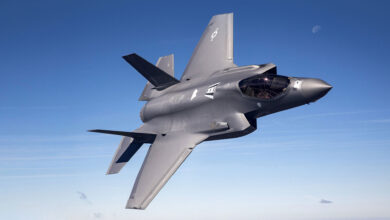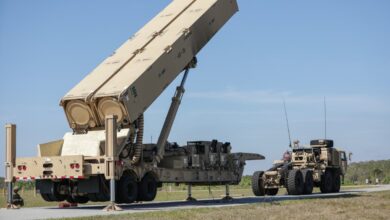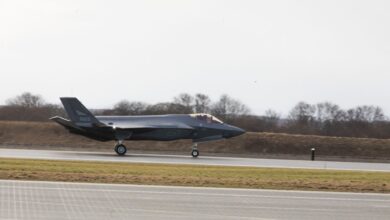Lockheed Martin’s upgraded Patriot Advanced Capability (PAC)-3 interceptor recently demonstrated integration with the US Army Integrated Air and Missile Defense Battle Command System (IBCS).
The army’s IBCS, being developed in partnership with Northrop Grumman, intends to integrate “weapon launchers, radars, and the operators” for sensing, identifying, tracking, and defeating air and missile threats.
The manufacturer revealed that two PAC-3 Missile Segment Enhancement (MSE) projectiles intercepted tactical ballistic missile targets during the missile’s first Field Surveillance Program test, adding that the test validated the missile’s “reliability and readiness.”
Upgraded Missile
The PAC-3 MSE incorporates “a larger, dual pulse solid rocket motor; larger fins; and upgraded actuators and thermal batteries” than the current PAC-3 cost reduction initiative interceptor, extending the missile’s reach, Lockheed states. The missile can intercept a range of aerial threats such as tactical ballistic missiles, cruise missiles, and aircraft.
Additionally, the surface-to-air missile features “more responsive control surfaces, upgraded guidance software, and insensitive munitions improvements.”
The MSE, consisting of an interceptor, four-pack missile canisters, a fire solution computer, and an enhanced launcher electronics system, received initial production approval in 2015. The production of the missile is reportedly planned to begin next year.
Brenda Davidson, vice president of PAC-3 programs at Lockheed Martin Missiles and Fire Control, said that the “PAC-3 continues to build upon our rich history of reliable and innovative missile defense while also demonstrating our compatibility with one of the US Army’s foremost modernization priorities to stay ahead of advanced threats.”












